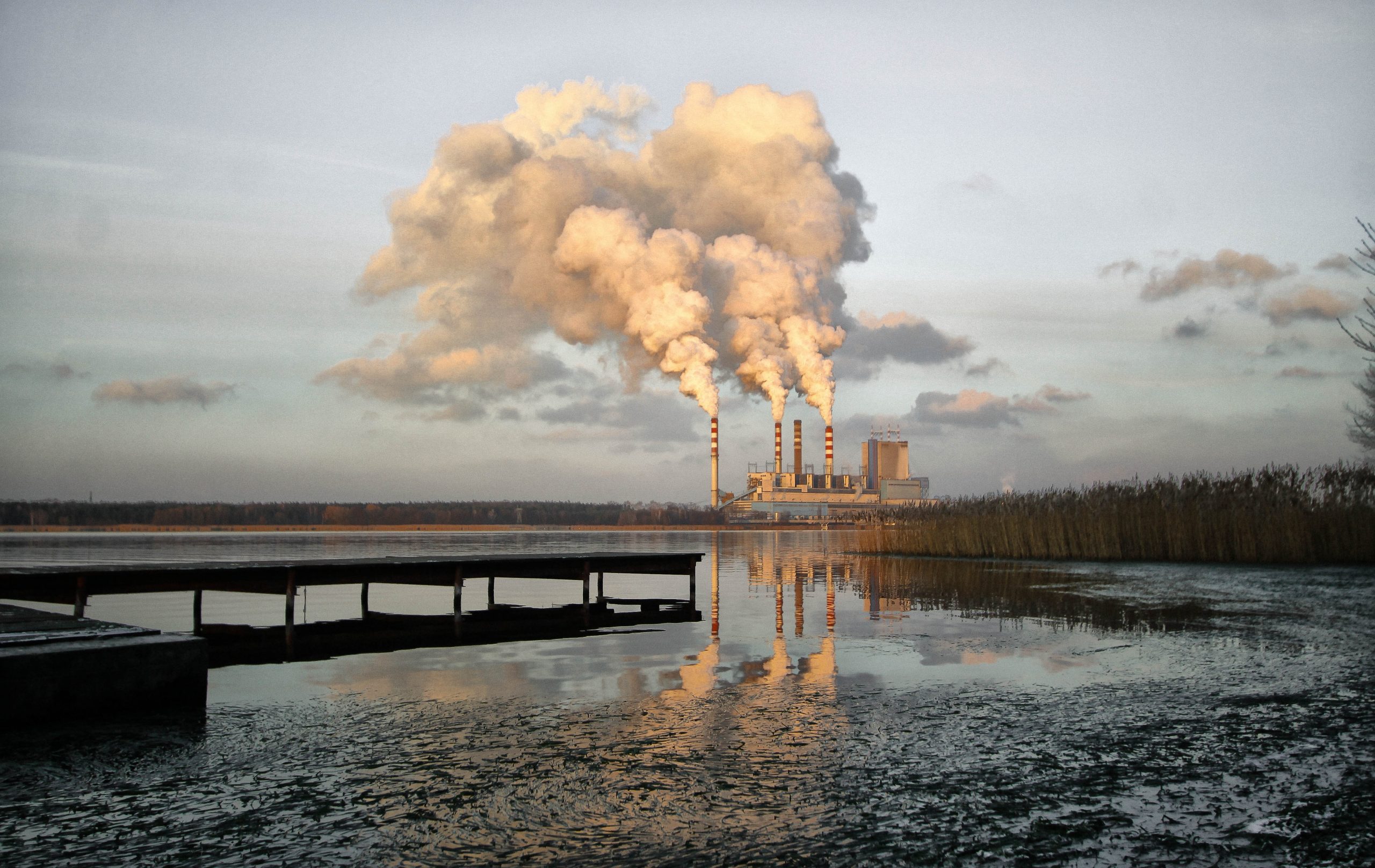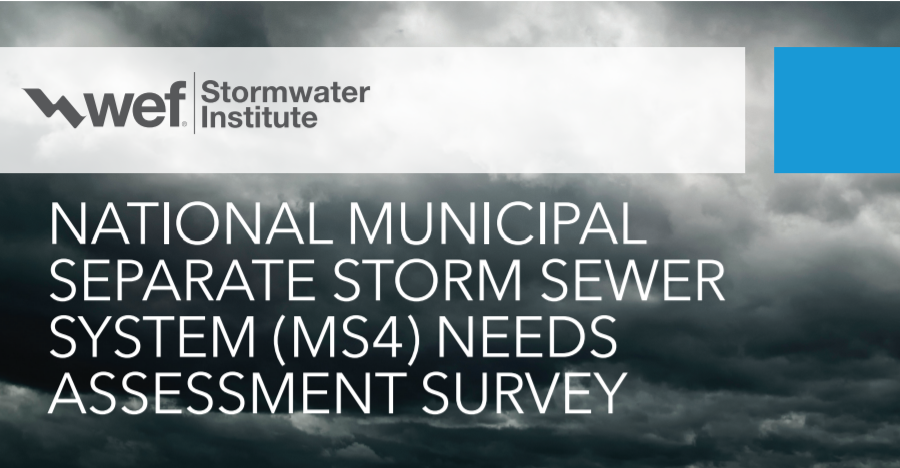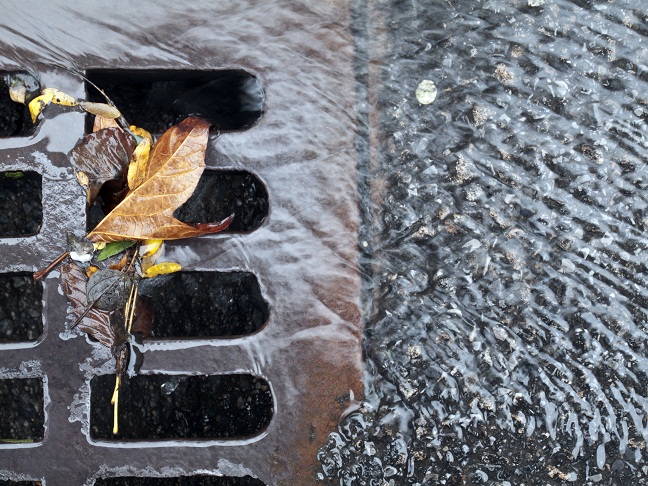Although specific protocols for manufacturing, processing, and storage may vary dramatically across industrial facilities in different sectors, human and environmental health require all industrial facilities to keep toxic chemicals and other contaminants out of stormwater runoff.
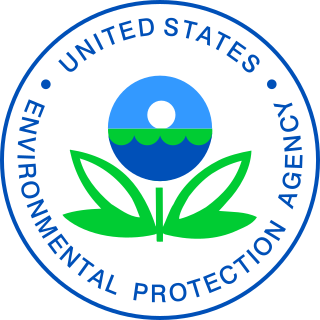
The U.S. Environmental Protection Agency (EPA) Multi-Sector General Permit (MSGP) helps these facilities manage their discharges by providing specific requirements for effluent characteristics, inspection procedures, and monitoring practices that relate to all segments of the industrial sector. While the MSGP applies only to areas where EPA is the acting stormwater permitting authority, environmental agencies around the U.S. often look to the MSGP for guidance while designing industrial stormwater management programs.
EPA will release an update to the MSGP this year, aiming to provide greater clarity and incorporate the latest science into stormwater management guidelines for the industrial community. In June, experts from the Water Environment Federation (WEF; Alexandria, Virginia) answered the agency’s call for water-sector feedback about proposed changes to the 2020 MSGP. Submitted comments featured input from the WEF Stormwater Committee, WEF Stormwater Institute Advisory Committee, and the WEF Government Affairs Committee.
“WEF’s comments and recommendations, prepared by a team of subject matter experts and stormwater practitioners, will help shape a clear, robust, and actionable update to EPA’s Multi-Sector General Permit for industrial stormwater discharges if implemented,” said Claudio Ternieden, WEF Sr. Director of Government Affairs. “We are grateful for EPA’s receptiveness to water-sector input toward a common-sense permit that will improve public health and environmental quality.”
Balancing Control and Convenience
EPA’s proposed 2020 MSGP addresses a host of issues intended to make compliance easier while strengthening action against contaminants of emerging concern.
Perhaps most significantly, the 2020 permit would implement “universal benchmark monitoring” for all industrial sectors. If adopted, the measure would require permitted facilities to regularly measure the pH, total suspended solids (TSS) and chemical oxygen demand (COD) of their discharges in addition to monitoring previously specified sector-unique contaminants.
EPA proposes modifications to existing benchmark thresholds for selenium, arsenic, cadmium, magnesium, iron, and copper for sectors that regularly use these substances based on the agency’s latest toxicity information. The 2020 permit would also expand additional implementation measures (AIMs) that would trigger when contaminant levels exceed allowed thresholds, requiring corrective action by permitted facilities.
For the first time, the 2020 MSGP will address risks of discharging polycyclic aromatic hydrocarbons (PAHs) when using certain coal-tar-based sealcoats on paved surfaces. Using these sealcoats without proper disposal would represent an MSGP breach under the proposed language.
EPA proposals also specify that permittees located in areas known to experience extreme flood conditions during heavy storm events must take special precautions, such as implementing new infrastructure or relocating existing infrastructure.
Among other minor changes, EPA also proposes:
- requiring all MSGP permittees to obtain EPA approval before discharging near federal Superfund sites;
- establishing a discharge authorization waiting period of 60 days for permittees with a pending stormwater-related enforcement action by EPA or their state;
- allowing an inspection-only option for industrial facilities deemed “low risk” in lieu of benchmark monitoring requirements;
- enabling permittees to stop monitoring for specific pollutants that have not been detected in facility discharge for at least three consecutive years; and
- new, sector-specific monitoring requirements for permittees in the oil-and-gas, land transportation and warehousing, and boat construction and repair sectors.
Greater Specificity Needed
To address EPA’s draft MSGP and respond to requests for feedback on specific proposals, WEF respondents developed six workgroups consisting of volunteer subject-matter experts specializing in such areas as stormwater control measures, monitoring requirements, and PAHs.
In general, WEF’s comments emphasized the need for clearer permit guidelines and reiterated that effective stormwater control at the industrial level reduces regulatory burdens on other types of EPA permittees, such as communities subject to the agency’s municipal separate storm sewer system (MS4) program.
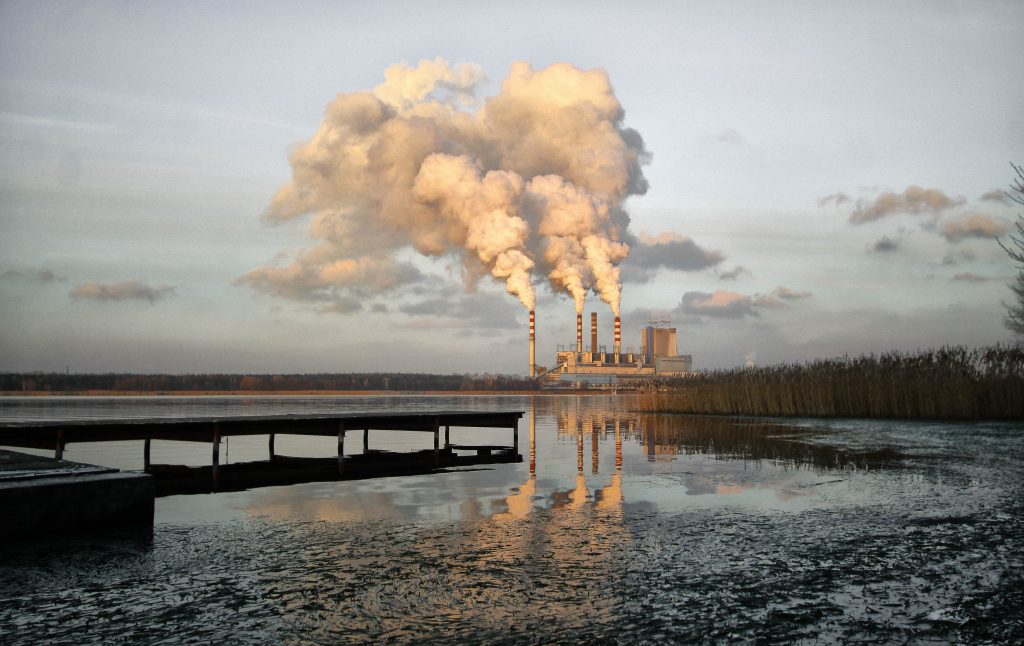
While WEF experts affirmed the agency’s addition of new requirements for sector-specific contaminant monitoring, they questioned whether instituting universal benchmark monitoring requirements for pH, TSS, and COD would measurably enhance stormwater management. Spikes in COD and TSS measured in effluent could originate, for example, from natural elements such as tree pollen, and may not represent the quality of stormwater management at the industrial facility. WEF recommended EPA clarify specific categories of pollutants it hopes to track by monitoring COD in its final permit.
WEF also applauded EPA’s intent to institute an inspection-only option for low-risk facilities, noting that many permittees do not have the proper equipment or personnel to perform benchmarking on-site. Requiring facilities unlikely to cause significant pollution to routinely monitor their effluent can cause costly and unnecessary burdens for operators. However, WEF urged EPA to define criteria clearly and quantitatively for “low-risk” facilities before the 2020 MSGP takes effect.
Several EPA proposals could benefit from greater specificity, WEF experts described in their comments. For example, language surrounding coal-tar sealants and PAHs should include a maximum allowable percentage of coal-derived PAHs that can exist in a sealant product before being considered a coal-tar sealant. Areas deemed subject to severe flooding during heavy storms should rely on data from the U.S. Federal Emergency Management Agency Flood Map Service Center or another authoritative, quantitative source. EPA also should provide clear guidance for the many industrial facilities that contain more than one outfall when determining procedures for contaminant exceedances, the workgroups recommended.

